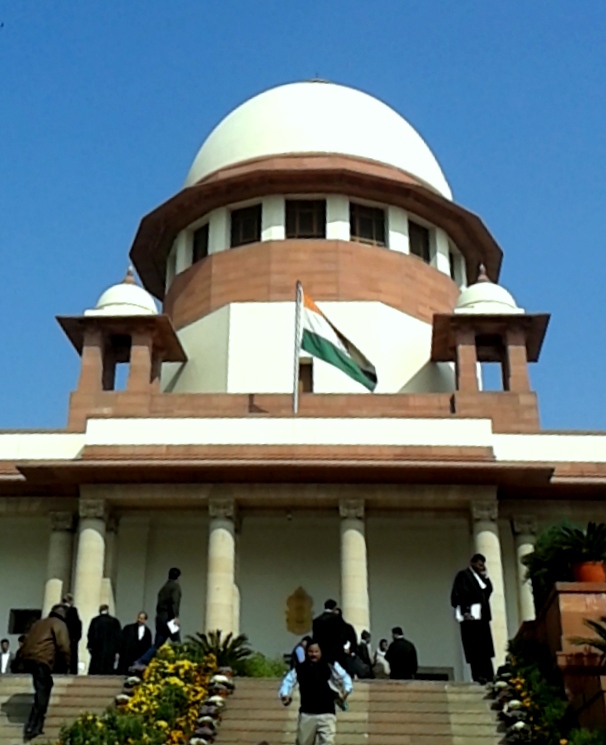The five-judge constitutional bench acknowledged the ‘Right to Die with Dignity’ and ruled in favour of passive euthanasia.
Ending a long-standing debate on “Right to Die”, the Supreme Court today ruled in favour of passive Euthanasia with certain guidelines. The ruling was passed by a five-judge constitution bench headed by Chief Justice of India Dipak Mishra. The bench allowed advance directive (living will) passive euthanasia with guidelines.
The living will enable people to decide, in case of terminal illness, whether they want to be kept on life support.
The bench also put forth guidelines for certain cases where the living will be not made in advance. It said, in such cases, if there are no immediate family members, then the “next of friend” can reach out to the high court. The High Court will then set up a medical board to decide whether the given person can be granted passive euthanasia or not.
In 2011, the Apex court had given out a verdict in favour of passive euthanasia in case of Aruna Shanbaug granting permission to withdraw the life support from patients who are not in a position to make an informed decision.
The Centre, however, argued the contrary listing number of cases in other countries. The Centre’s counsel said that a patient who is not aware of the medical advancement can give a consent to the withdrawal of life-support. However, the choice will not be informed one.
As an independent media platform, we do not take advertisements from governments and corporate houses. It is you, our readers, who have supported us on our journey to do honest and unbiased journalism. Please contribute, so that we can continue to do the same in future.


